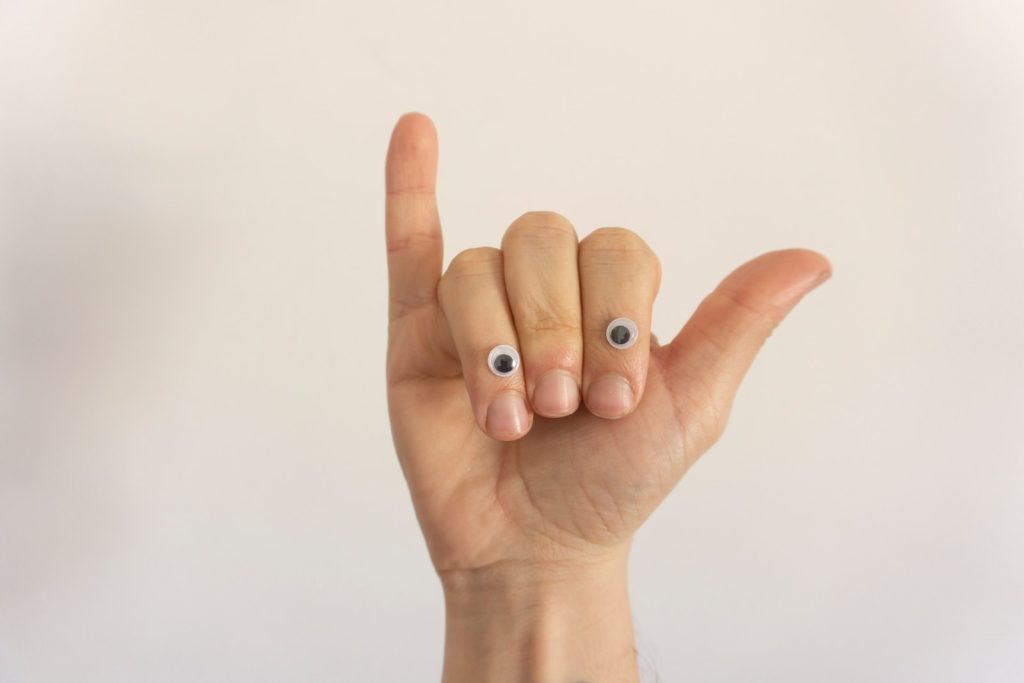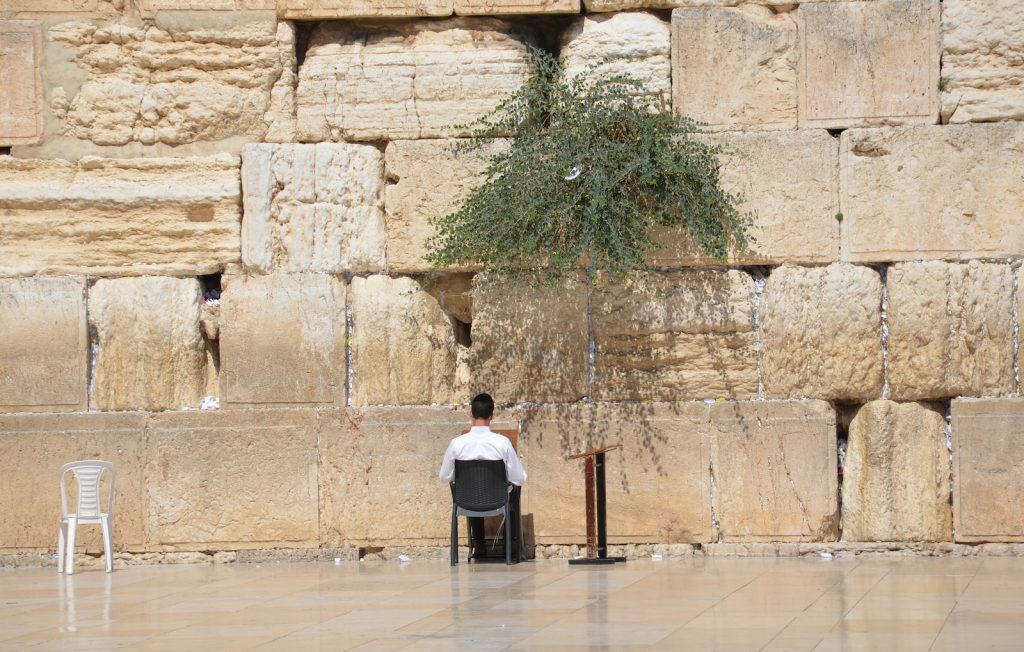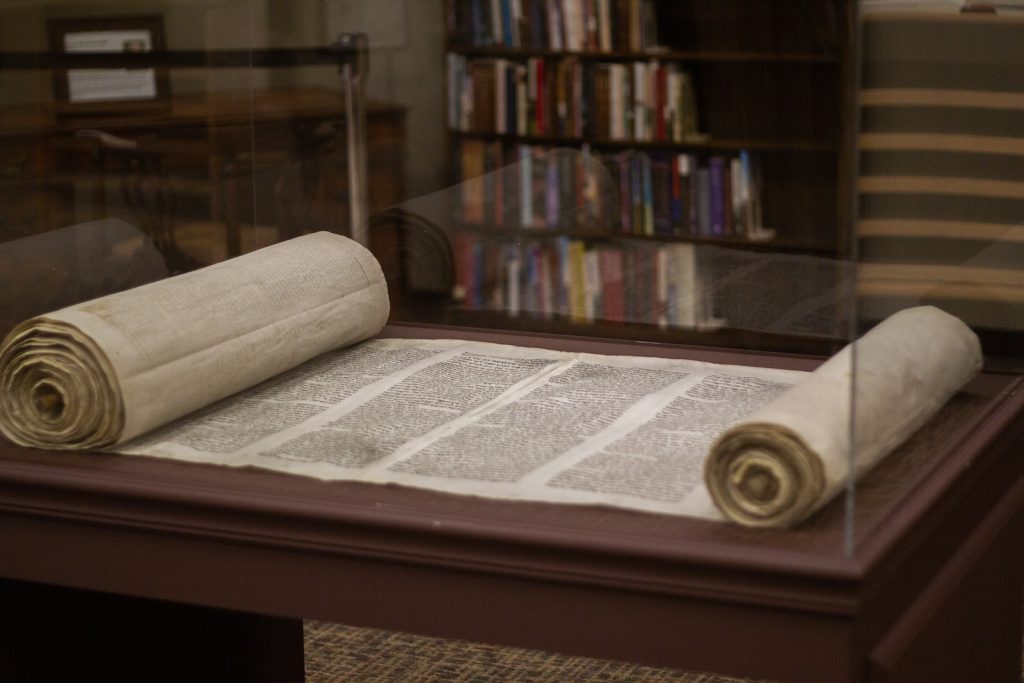Mudras are hand gestures that have been used in Hindu and Buddhist traditions for thousands of years. They are believed to have therapeutic powers that can help heal and balance the body, mind, and spirit. In recent years, mudras have gained popularity in the Western world as a form of complementary therapy.

The word “mudra” comes from Sanskrit and means “seal” or “gesture.” Mudras are believed to stimulate different parts of the body and mind by creating a circuit of energy. They are often used in conjunction with meditation and breathing techniques to enhance their healing effects. Mudras can be performed with one or both hands and can be held for varying lengths of time.
Throughout history, mudras have been used for a variety of purposes, including healing physical ailments, calming the mind, and connecting with spiritual energies. They are also used in dance, yoga, and martial arts to express emotions and tell stories. In this article, we will explore the historical uses of mudras in healing and well-being and how they can be incorporated into modern-day practices.
Historical Significance of Mudras

Origins and Evolution
Mudras have been used for thousands of years as a form of healing and spiritual practice. The word “mudra” comes from the Sanskrit language, meaning “seal,” “gesture,” or “mark.” The earliest known references to mudras can be found in ancient Hindu texts, such as the Rigveda and the Upanishads.
Over time, mudras evolved and became an integral part of many different spiritual and cultural practices, including Buddhism, Jainism, and Hinduism. They were used not only for healing, but also for meditation, prayer, and ritual.
Cultural Contexts
Mudras have been used in various cultural contexts throughout history. In India, mudras were often associated with yoga and Ayurveda, the traditional system of medicine. In China, mudras were used in martial arts and traditional Chinese medicine. In Japan, mudras were used in Zen Buddhism and martial arts.
In addition to their use in spiritual and cultural contexts, mudras have also been used in dance and theater. In Indian classical dance, mudras are used to express emotions and tell stories. In Japanese Noh theater, mudras are used to convey the emotions and inner thoughts of the characters.
Overall, the historical significance of mudras lies in their ability to connect the physical body with the spiritual and emotional aspects of the self. By using specific hand gestures, mudras can help to balance the body’s energy and promote healing and well-being.
Understanding Mudras

Defining Mudras
Mudras are hand gestures that are believed to have therapeutic and spiritual benefits. The word mudra is derived from the Sanskrit word “mud” which means joy or delight. Mudras are used in various spiritual and healing practices, such as yoga, meditation, and Ayurveda, to promote physical, mental, and emotional well-being.
Mudras involve the use of fingers, hands, and sometimes the entire body to create specific hand gestures. Each mudra has a specific meaning and is believed to activate different energy channels in the body. Mudras are often used in conjunction with pranayama (breathing exercises) and meditation to enhance their therapeutic effects.
Types and Meanings
There are many different types of mudras, each with its own specific meaning and purpose. Some of the most common mudras used in healing and well-being practices include:
- Gyan Mudra: This mudra involves touching the tip of the index finger to the tip of the thumb, while keeping the other fingers straight. It is believed to enhance concentration, memory, and wisdom.
- Prana Mudra: This mudra involves touching the tip of the thumb to the tip of the little finger, while keeping the other fingers straight. It is believed to increase vitality and energy.
- Shunya Mudra: This mudra involves touching the tip of the middle finger to the base of the thumb, while keeping the other fingers straight. It is believed to relieve earaches and promote mental clarity.
- Apana Mudra: This mudra involves touching the tip of the middle finger to the tip of the thumb, while keeping the other fingers straight. It is believed to aid digestion and eliminate toxins from the body.
Overall, mudras are a powerful tool for promoting physical, mental, and emotional well-being. By understanding the different types and meanings of mudras, individuals can incorporate them into their daily practice to enhance their overall health and vitality.
Mudras in Healing Practices

Mudras, or hand gestures, have been used in healing practices for thousands of years. They are believed to help balance the flow of energy in the body and promote physical, mental, and emotional well-being. In this section, we will explore the historical uses of mudras in healing practices and their modern therapeutic applications.
Traditional Medicine
In traditional medicine, mudras were used as a part of Ayurvedic and Chinese medicine. They were believed to stimulate the body’s natural healing processes and promote overall health. Mudras were often used in conjunction with other healing practices such as yoga, meditation, and massage.
One of the most well-known mudras in traditional medicine is the Gyan mudra. This mudra is formed by touching the tip of the thumb to the tip of the index finger, while keeping the other three fingers straight. It is believed to help improve concentration and memory, and reduce stress and anxiety.
Modern Therapeutic Applications
In modern times, mudras are still used in healing practices, but they have also been incorporated into other areas such as psychotherapy and occupational therapy. Mudras are believed to help individuals with a variety of conditions, including anxiety, depression, chronic pain, and addiction.
One example of a mudra used in modern therapeutic applications is the Prana mudra. This mudra is formed by touching the tip of the thumb to the tip of the ring finger, while keeping the other fingers straight. It is believed to help increase energy levels and reduce fatigue.
Overall, mudras are a simple and effective way to promote well-being and balance in the body. Whether used in traditional medicine or modern therapeutic applications, mudras can be a valuable tool for individuals seeking to improve their physical, mental, and emotional health.
Scientific Perspectives

Research Findings
Although mudras have been used for thousands of years in traditional healing practices, their therapeutic benefits have only recently been studied in a scientific context. Research on mudras has shown promising results in treating various physical and psychological conditions.
A study conducted in 2017 found that practicing the Gyan mudra, which involves touching the tip of the index finger to the tip of the thumb, can help reduce symptoms of anxiety and depression. Another study from 2018 showed that practicing the Prana mudra, which involves touching the tips of the ring finger and little finger to the tip of the thumb, can improve lung function in people with chronic obstructive pulmonary disease (COPD).
Physiological Mechanisms
The therapeutic benefits of mudras are believed to be due to their effects on the body’s energy system. Mudras are thought to stimulate specific energy channels in the body, known as nadis, which can help balance the flow of energy and promote healing.
In addition, mudras are believed to have an effect on the body’s autonomic nervous system, which controls many of the body’s automatic functions such as heart rate and breathing. Studies have shown that practicing mudras can help regulate the autonomic nervous system, leading to improved health outcomes.
Overall, while more research is needed to fully understand the therapeutic power of mudras, the existing research suggests that these ancient hand gestures may hold great promise for improving physical and mental health.
Incorporating Mudras into Daily Life

Mudras can be easily incorporated into daily life to promote healing and well-being. Here are a few ways to get started:
Simple Mudras for Beginners
For beginners, it is recommended to start with simple mudras that can be easily practiced throughout the day. One such mudra is the Gyan mudra, which involves touching the tip of the index finger to the tip of the thumb while keeping the other fingers straight. This mudra is said to promote mental clarity and wisdom.
Another simple mudra is the Prana mudra, which involves touching the tip of the ring finger and little finger to the tip of the thumb while keeping the other fingers straight. This mudra is said to increase energy and vitality.
Integrating with Meditation and Yoga
Mudras can also be integrated with meditation and yoga practices for enhanced benefits. For example, the Chin mudra can be used during meditation by touching the tip of the index finger to the tip of the thumb and resting the hands on the knees with palms facing up. This mudra is said to promote concentration and calmness.
In yoga, the Anjali mudra can be used at the beginning and end of a practice by bringing the palms together at the heart center. This mudra is said to cultivate a sense of gratitude and connection.
By incorporating mudras into daily life, individuals can experience the therapeutic benefits of these ancient hand gestures.
Dr. Harlan Kilstein is a certified yoga teacher, hypnotherapist, and a teacher of the Law of Attraction since 1975.
After an immersion in yoga and his certification by the Yoga Alliance, he began studying mudras and invented Finger Healing.




